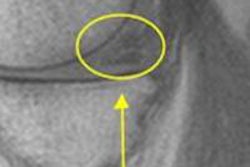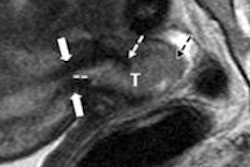Children with sickle cell disease have a high risk of stroke and cognitive impairment. It's crucial to identify early on those who are at highest risk, said Rong Chen, PhD, of the University of Maryland School of Medicine.
"Timely intervention could significantly improve quality of life and reduce direct and indirect nonhealth-related costs," Chen said.
Based on structural MRI volumetry, the researchers identified six gray-matter structures that, when assessed for volume at baseline, were jointly predictive of whether or not a child would suffer subsequent IQ decline. These structures are the left median cingulate gyrus, the right middle occipital gyrus, the left inferior occipital gyrus, the right fusiform gyrus, the right middle temporal gyrus, and the right inferior temporal gyrus.
"Our findings suggest that structural MR imaging predicts subsequent IQ decline for children with [sickle cell disease]," Chen said.



















